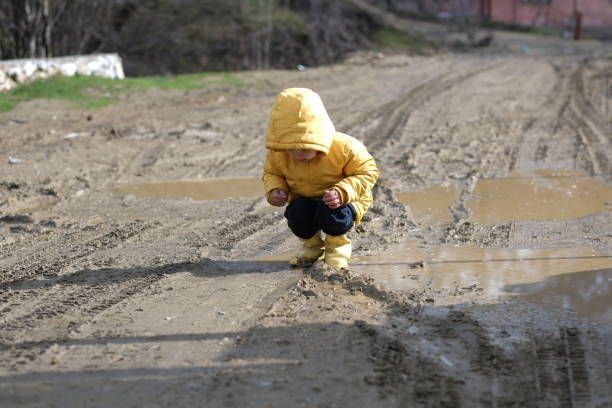

Ugh, this one is so hard for me! We’re rolling into the “terrible twos” with big hearts and even bigger emotions. I always thought I was prepared, but wow, I get it now. Those sweet little cherubs of ours are getting their first real tastes of the world. And even though it's on a small scale to us, it feels enormous to them. Every disappointment, joy, frustration, or excitement is the biggest thing that’s ever happened to them. It’s no wonder their reactions are equally grand.
When my daughter is happy, she joyfully declares, “Happy now!” When she’s sad, she’ll say, “Sad, wah, crying,” and even gestures at her invisible tears. Watching her try to understand and communicate all these feelings makes my heart melt. But it’s also a reminder for me—her emotions, big or small, deserve room to be felt and understood. As parents, we don’t need to fix every feeling, but we can guide them to understand and manage emotions in a constructive way.
This season of parenting can feel overwhelming, especially if you’re learning to navigate your own big emotions alongside your little one’s. But remember, you’re resilient, intelligent, and incredibly loving. This time may be tough, but so are you.
The Unseen Work of Sitting With Emotion
Many of us didn’t grow up being taught how to sit with our feelings. We learned how to suppress, distract, or apologize them away. So when we become mothers, and our children mirror back the full spectrum of unfiltered emotion, it can feel overwhelming—almost threatening.
But emotional expression isn’t a sign of failure. It’s a sign of trust.
When your child falls apart in front of you, they are asking, in their own way: “Can you hold this with me?”
And that’s where resilience begins.
Big Emotions Are Not Misbehavior
It’s easy to forget that children’s nervous systems are still developing. They don’t yet have the language or tools to process what they feel. That meltdown over the blue cup instead of the red one? That’s not defiance—it’s development.
Resilience doesn’t come from learning to “get over it.”
It comes from learning it’s safe to go through it—and still be loved on the other side.
What Emotional Safety Actually Looks Like
It’s not about always staying calm or never losing your cool. (We’re not robots—we’re moms.)
It’s about repair. Reassurance. Returning again and again.
Emotional safety sounds like:
- “I hear you.”
- “You’re allowed to feel upset.”
- “Let’s breathe together while this feeling moves through.”
It’s in the way we meet their eyes.
The way we breathe instead of brace.
The way we slowly rewire what love looks like, starting at home.
You Are Their Anchor
Every time you allow your child to fully feel their emotions—without rushing to correct or cover them—you’re building something beautiful and strong: the ability to feel deeply without shame.
You're teaching: You are safe in your feelings.
You're modeling: You don’t have to shrink to be loved.
And one day, when they face the world’s hard things, they’ll do it with a steady heart… because they practiced with you.
Mini Prompt to Take With You
When my child is overwhelmed by emotion, I want to remember: My presence is enough. My love doesn’t have to fix—it just has to hold.
✨Gentle Next Steps
Don’t scroll past the nudge.
If something stirred in you, trust that. It’s not about someday — it’s about today.
Start with the free Heart-Led Handbook to reconnect with your intuition and remember who you are beneath the overwhelm.
Or step into the Rooted Beginnings Yoga Workshop—a gentle, judgment-free space for moms who feel disconnected and are ready to come home to themselves.
Your healing isn’t selfish. It’s sacred. And it’s time.
More From the Blog




